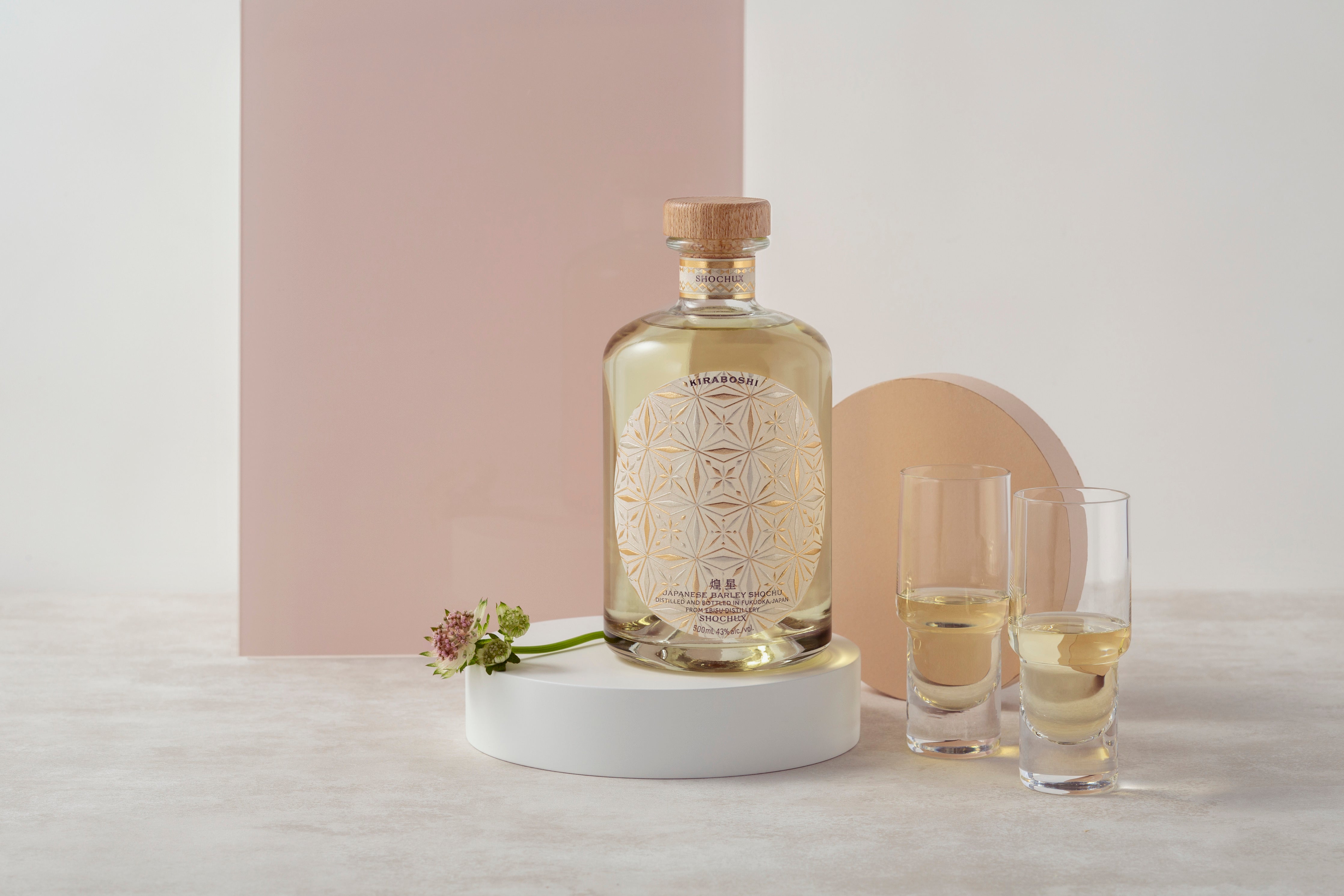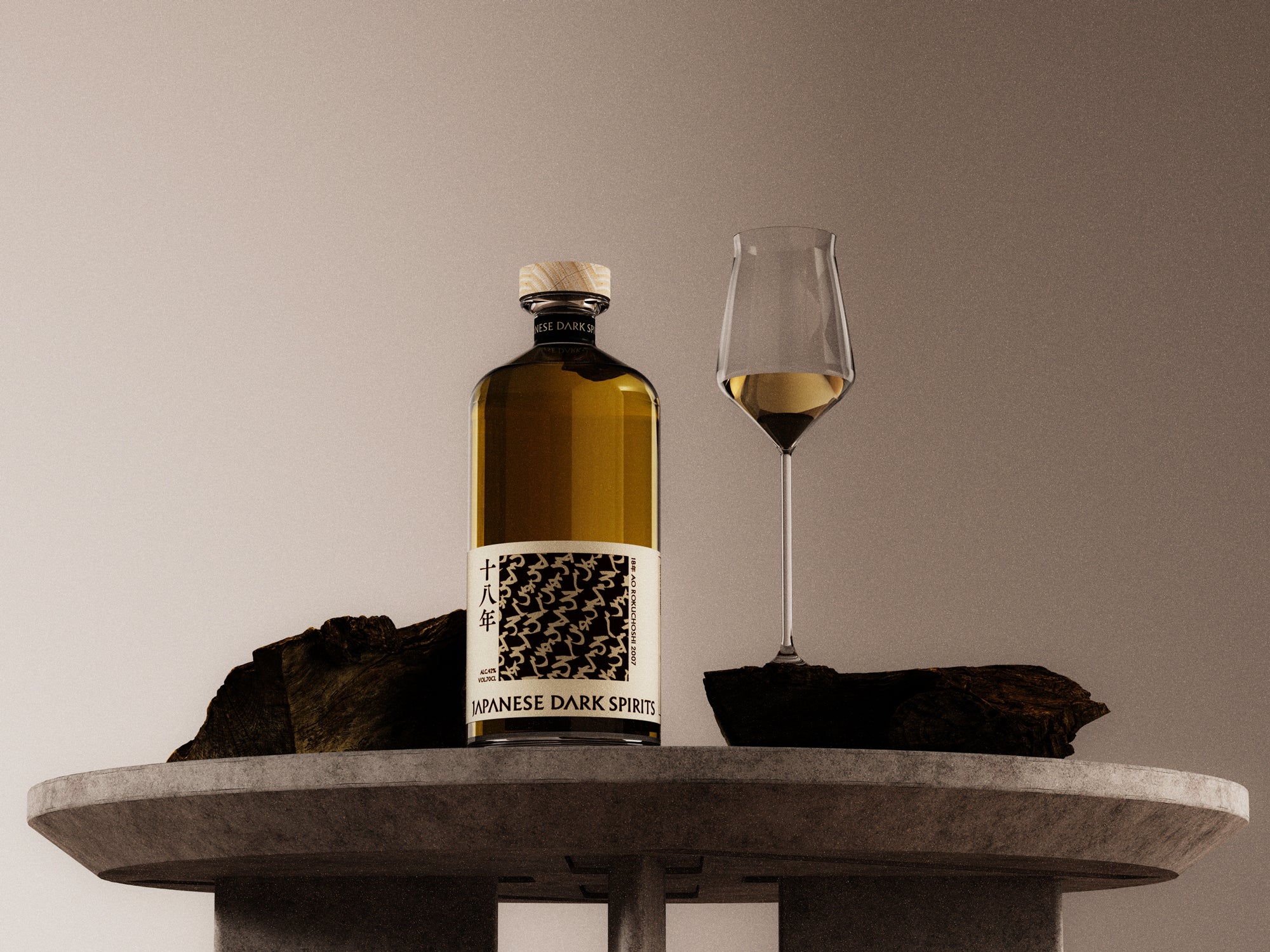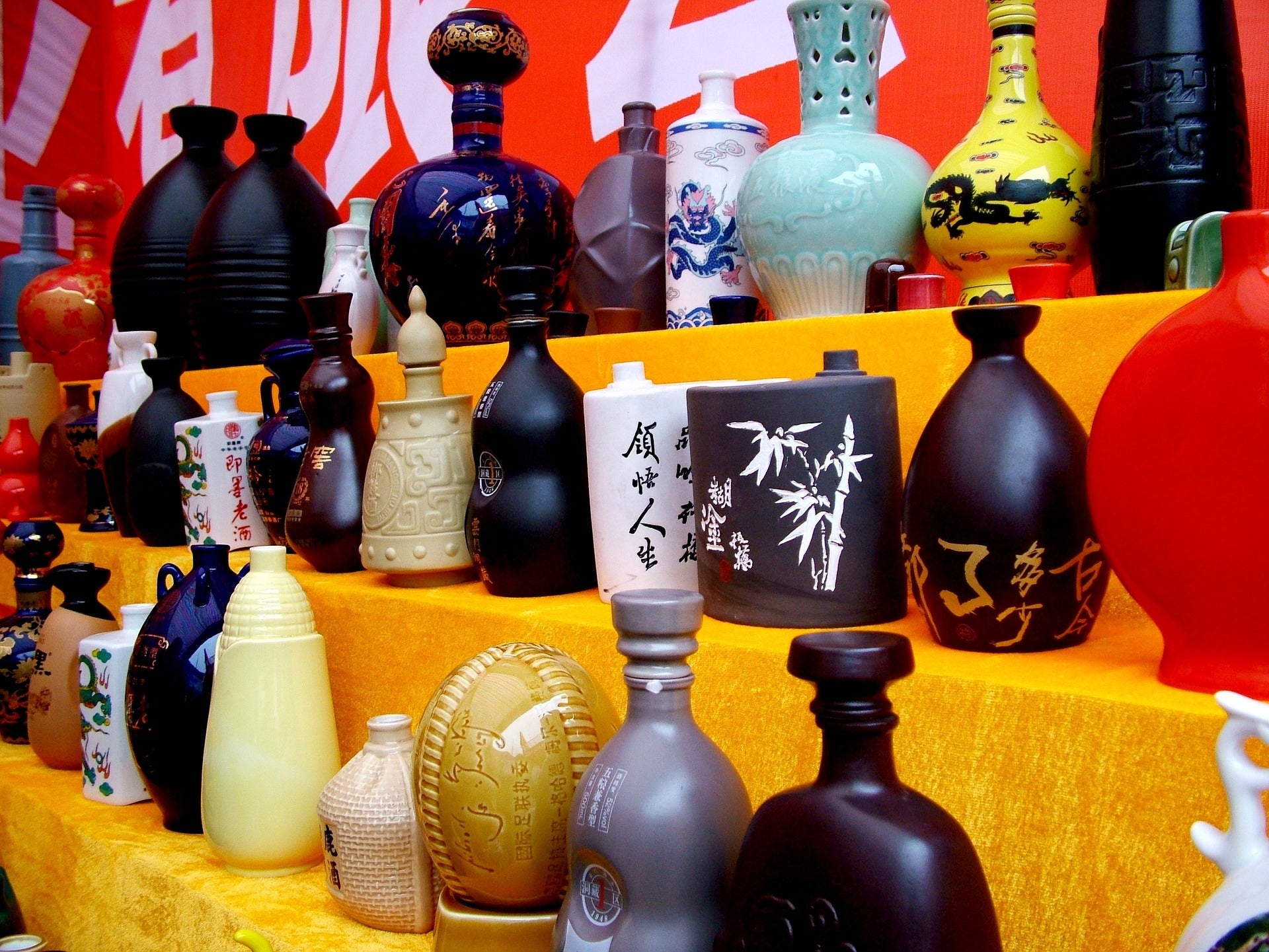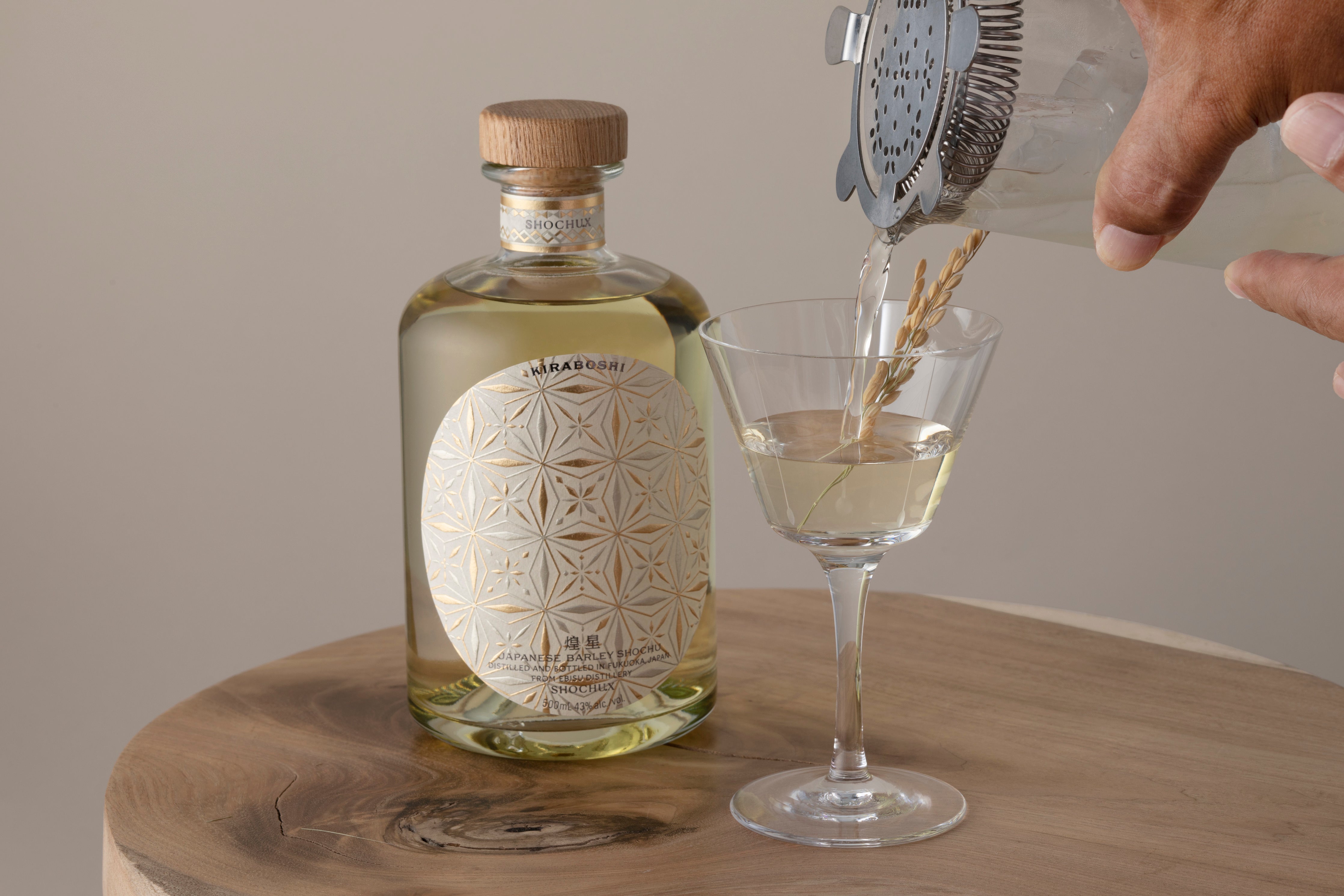
Our aim was to become a flagship shochu - Introducing "Kirausei" -
The second product “Kirausei” was announced to be released in conjunction with the brand renewal in November 2021.
A beautiful and shining visual. ``Kirausei,'' which took about a year to complete, has a passionate message that we want to convey to everyone through this piece, as much as the visuals.
About the barrel aging of “Kirasei”
``Kazei'' has an amber color similar to whiskey or brandy, but this color comes from barrel aging. ``Kazei'' uses three types of whiskey aged in sherry barrels for 15, 17, and 19 years.
Whiskey/brandy and shochu are both distilled spirits, and when they are freshly made (distilled), they are actually colorless and transparent liquids. The reason why whiskey and brandy turn such an amber color is that when they are aged in barrels, the components of the barrel wood and the components that change when the barrels are scorched dissolve and react with the components of the whiskey and brandy. It's from.

On the other hand, most shochu is colorless and transparent because it is stored in tanks or jars, which prevents it from becoming colored. Distilled spirits are basically colorless and transparent unless affected by external factors such as aging methods.
However, recently, as demand for whiskey has increased worldwide, an increasing number of shochu manufacturers are using barrel aging.
Color regulations for authentic shochu
However, ``shochu'' does not have the same deep amber color as whiskey or brandy. All products are thin and light colored.
I am often asked, "Isn't shochu a dark color due to a problem with the manufacturing process?" The answer is no. Shochu, like whiskey and brandy, takes on a distinct barrel color.

The reason why it doesn't exist is that there is a ``color regulation'' in Japan's Liquor Tax Law surrounding shochu that prohibits the commercialization of dark-colored shochu.
About 60 years ago, this color regulation was established to distinguish whiskey from whiskey, which at the time was considered a much higher quality alcohol than shochu. As a result, shochu can only be commercialized with a color depth that is about one-tenth that of whisky.
Is shochu's sluggish growth overseas due to "color regulations" from 60 years ago? National Tax Agency ``This is not a bedrock regulation'' has various opinions even among brewers https://news.yahoo.co.jp/articles/99cd77dbd1a7bdd43ac45a8cc586378e48da3cb7?page=1
60 years ago, shochu was still only a local sake in southern Kyushu, but after the shochu boom, it spread all over the country, and today, shochu is produced using various methods to suit the diverse tastes and tastes of consumers. It is built. Despite this, this "color regulation" still exists, and it cannot be helped that it is called an anachronism.
Of course, there have been many voices from the industry recently, and it is true that there is a move towards deregulation.
So how does each manufacturer reduce the color to one-tenth of the original color?As mentioned above, when shochu is aged in barrels, it becomes a deep amber color like whiskey or brandy. It is then blended with colorless and transparent shochu, and the color is removed using a filter.
Coincidentally, this restriction is the perfect balance for blending.
This "Kirasei" is a blend of three barrel-aged whiskeys, a clear 10-year normal pressure tank maturation, and a 7-year vacuum tank maturation.

However, as CEO Hashimoto explains, this is not blending in a negative sense, such as ``dropping the color'' due to color regulations. The mellowness, vanilla and dried fruit flavors derived from barrel aging are blended with tank aging, which acts as a wheel.
There are infinite combinations in blending, and since last year (2020) we have been experimenting with hundreds of combinations. As a result of trying to bring out the maximum potential of this ``Sparkling Star'', I realized that the best harmonious point was right at the edge of this color regulation.
The scent is vanilla, blonde chocolate, and a hint of cinnamon. It has a rich woody taste, but the texture is soft and spreads throughout the tongue, and you can also feel the taste of raisins and dried fruits.
First of all, I would like you to feel the charm of Kirausei with straight hair and locks.
Meaning of flagship
In order to blend and commercialize a product with a color within the regulated range, it is necessary to keep the proportion of barrel-aged whiskey to around 30-40%. (Of course, this will vary depending on the type) In order to blend and commercialize the color within the regulated range, it is necessary to keep the proportion of barrel-aged unblended sake to approximately 30 to 40%. (Of course, it varies depending on the type) This is almost the same as the malt to grain ratio of blended whisky, and it was very easy to drink, so considering that blended whiskey has spread around the world, this ratio has a lot of meaning. thinking about.
This is almost the same as the malt to grain ratio in blended whisky, and we believe this ratio is very meaningful.
With the recent popularity of whiskey, some whiskeys have been commercialized within the color regulations of shochu, and are gaining a lot of support. This does not mean that the darker the color, the better.

This is a bottle that perfectly harmonizes barrel aging, which is common around the world, with Japanese shochu.
We didn't just blend transparent shochu out of necessity, but we put our lives into blending it to express the best of shochu. I named it "Kirausei" because I thought that the flavor created by this color and the blend of 5 types was like many sparkling stars playing together.
Please come and experience the world of koji distilled alcohol at ``Kazei''.


